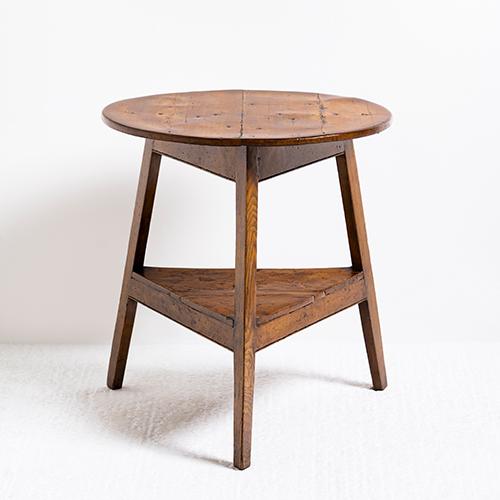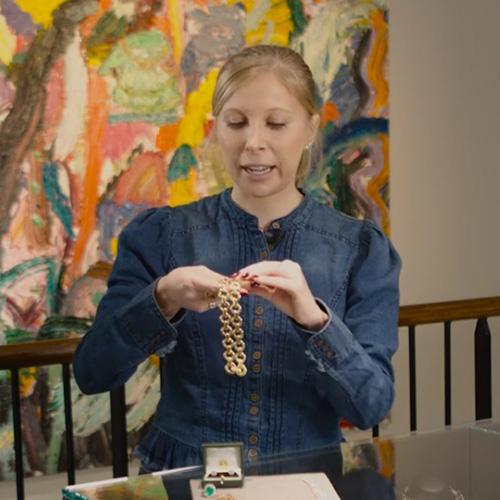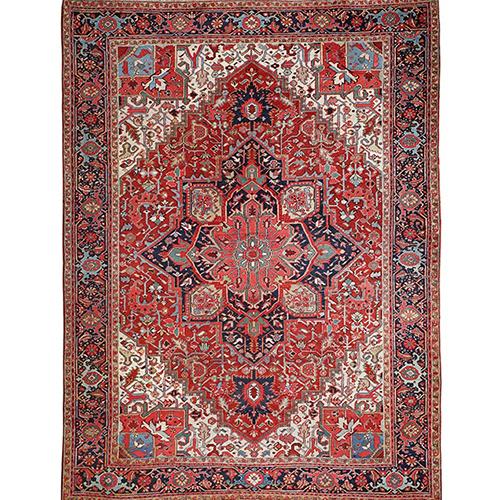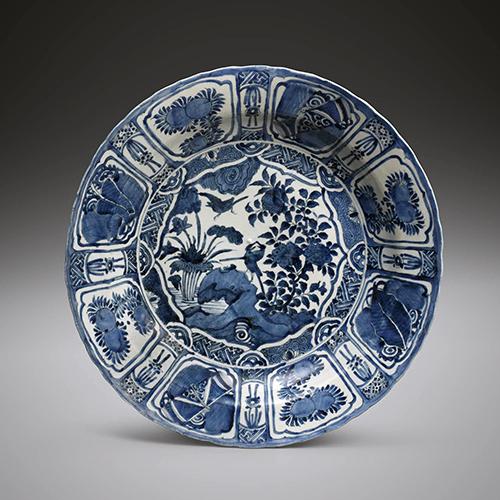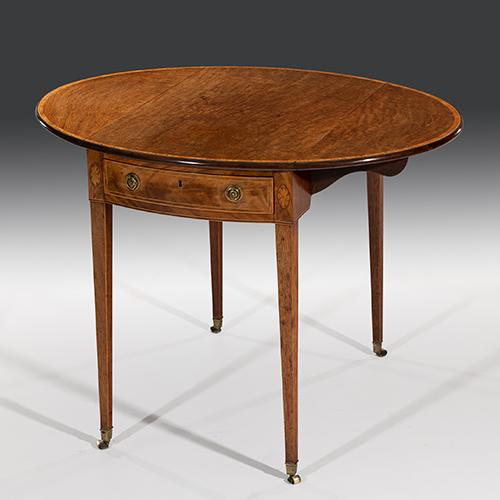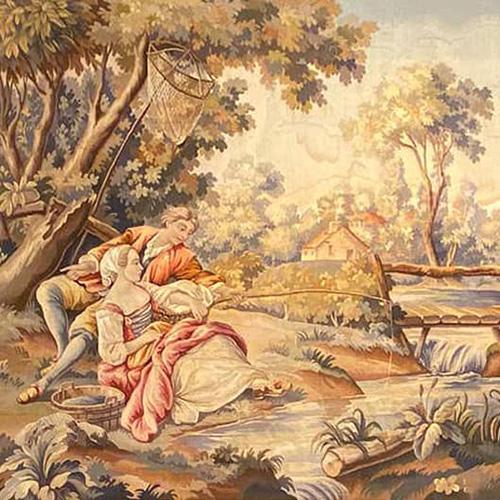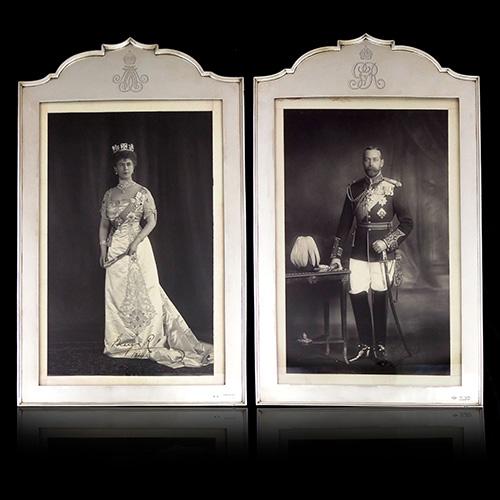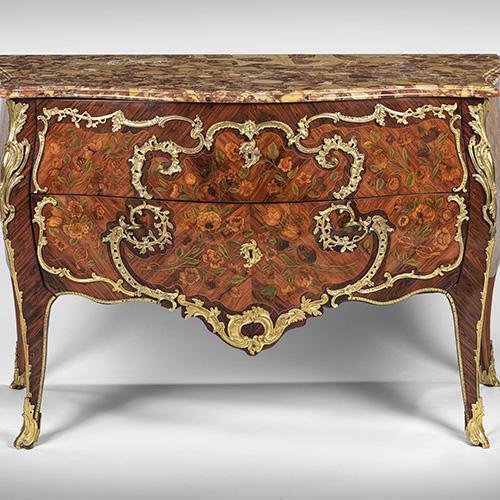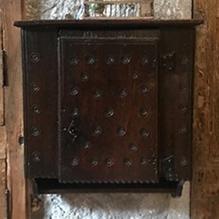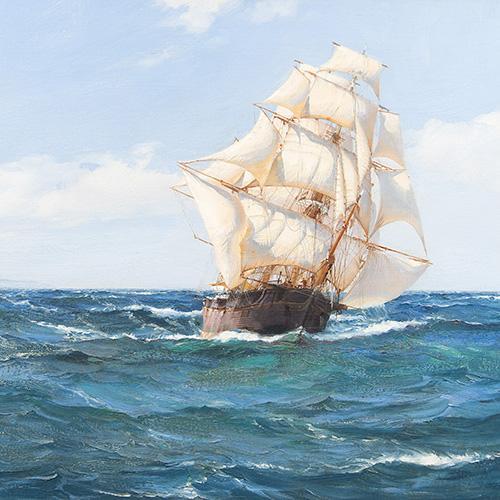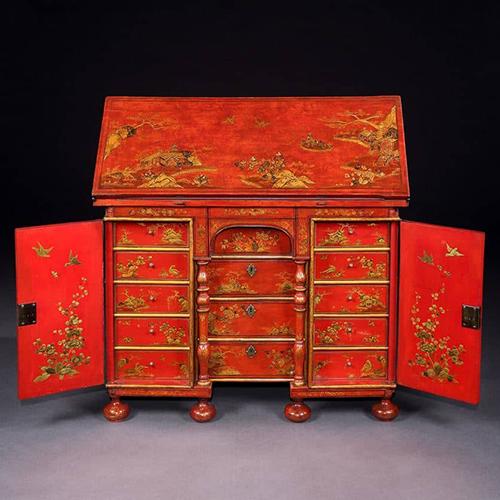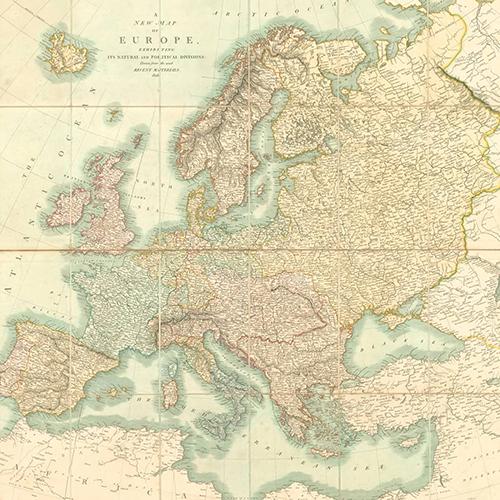
Terms of the Trade: Cricket Table
A corner stone of English vernacular country furnishings since the early 16th century, the cricket table is one Britain’s most popular and practical pieces of furniture.
Constructed in durable native English hardwoods, such as oak, elm, ash or sycamore, cricket tables are incredibly versatile and virtually indestructible. The classic table traditionally takes the form of a rounded top, standing on three splayed tripod legs, united by an under-tier shelf or stretcher.


